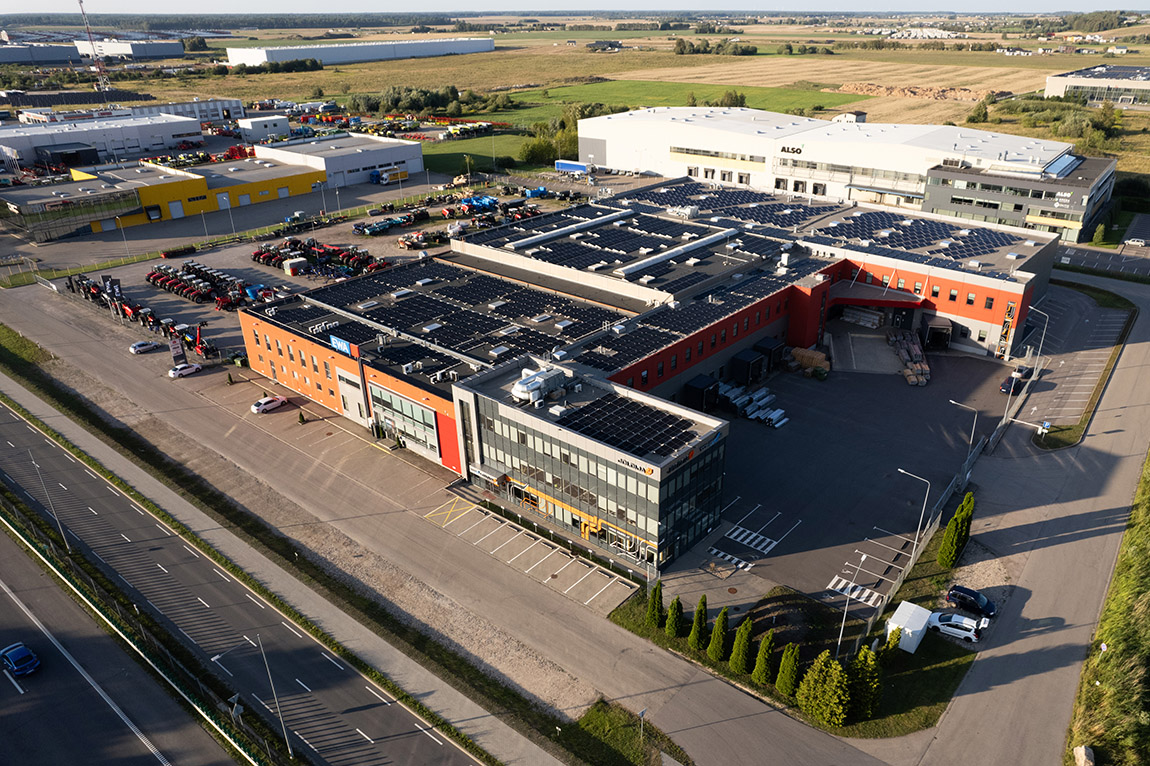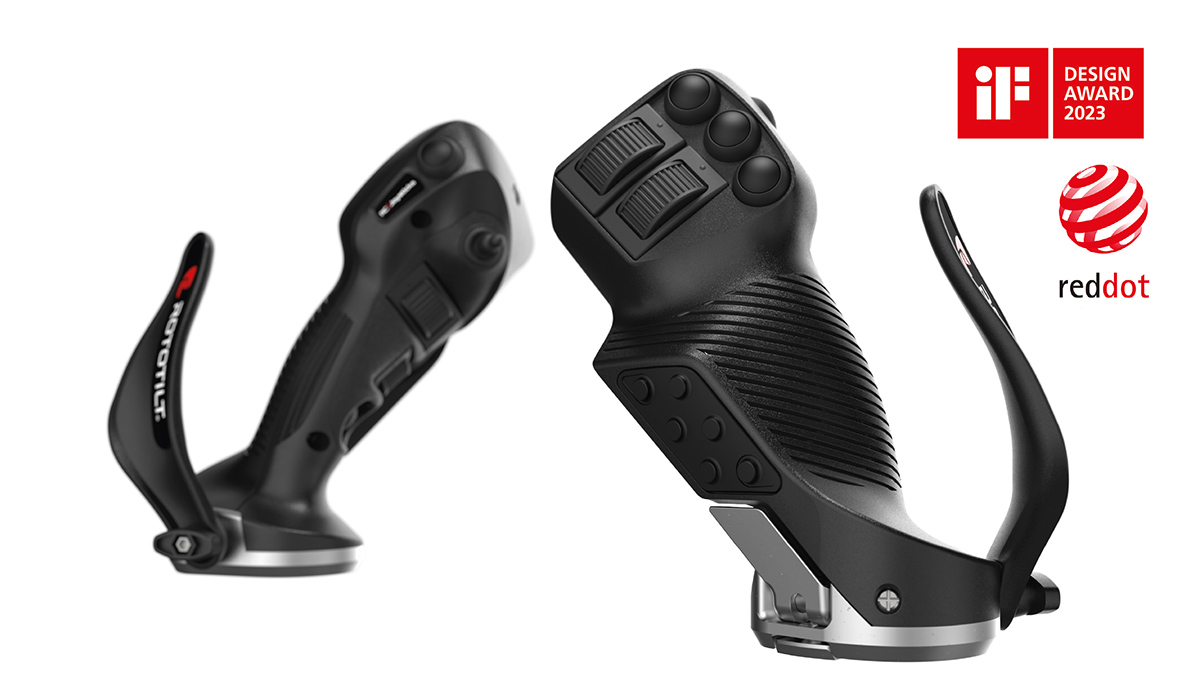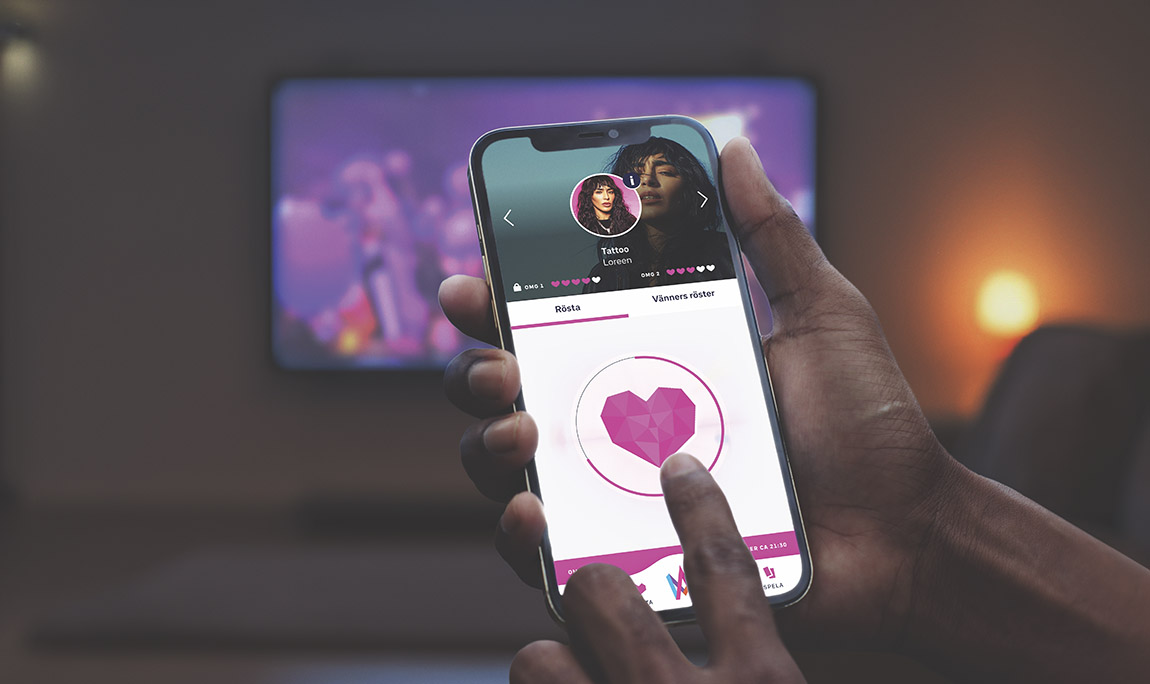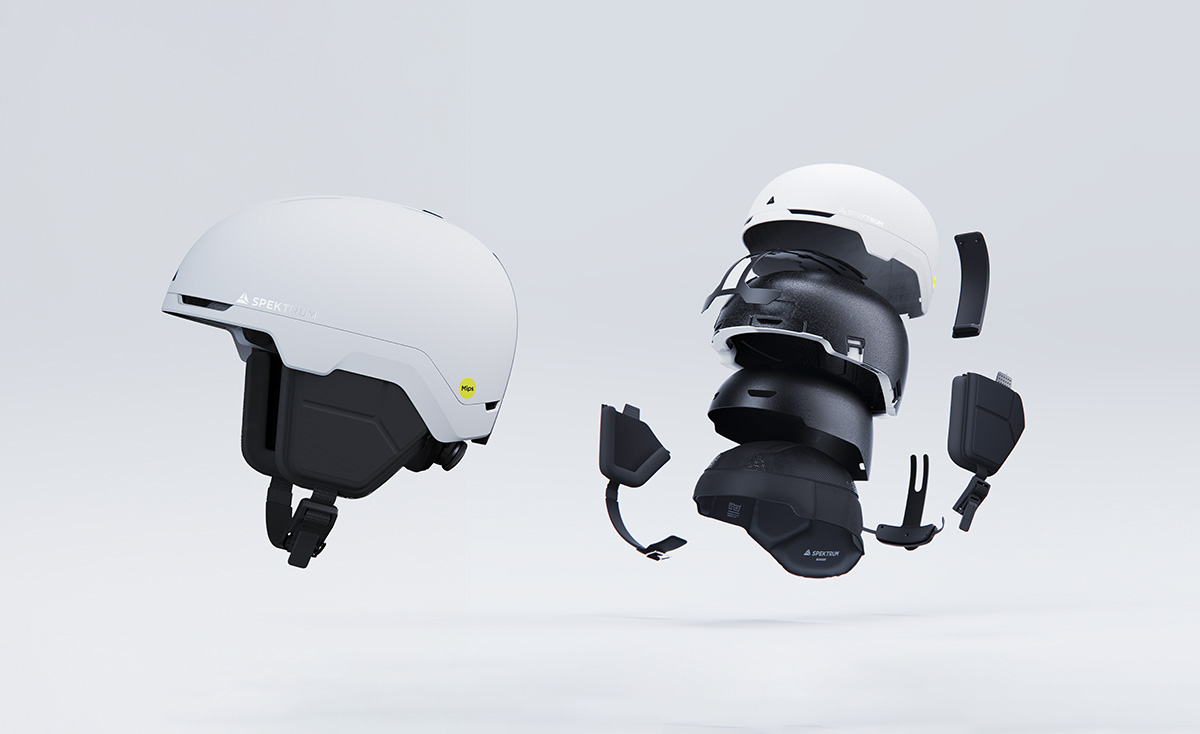Zenit Design: Creating value through user-centric design
TEXT: MALIN NORMAN | PHOTOS: ZENIT DESIGN
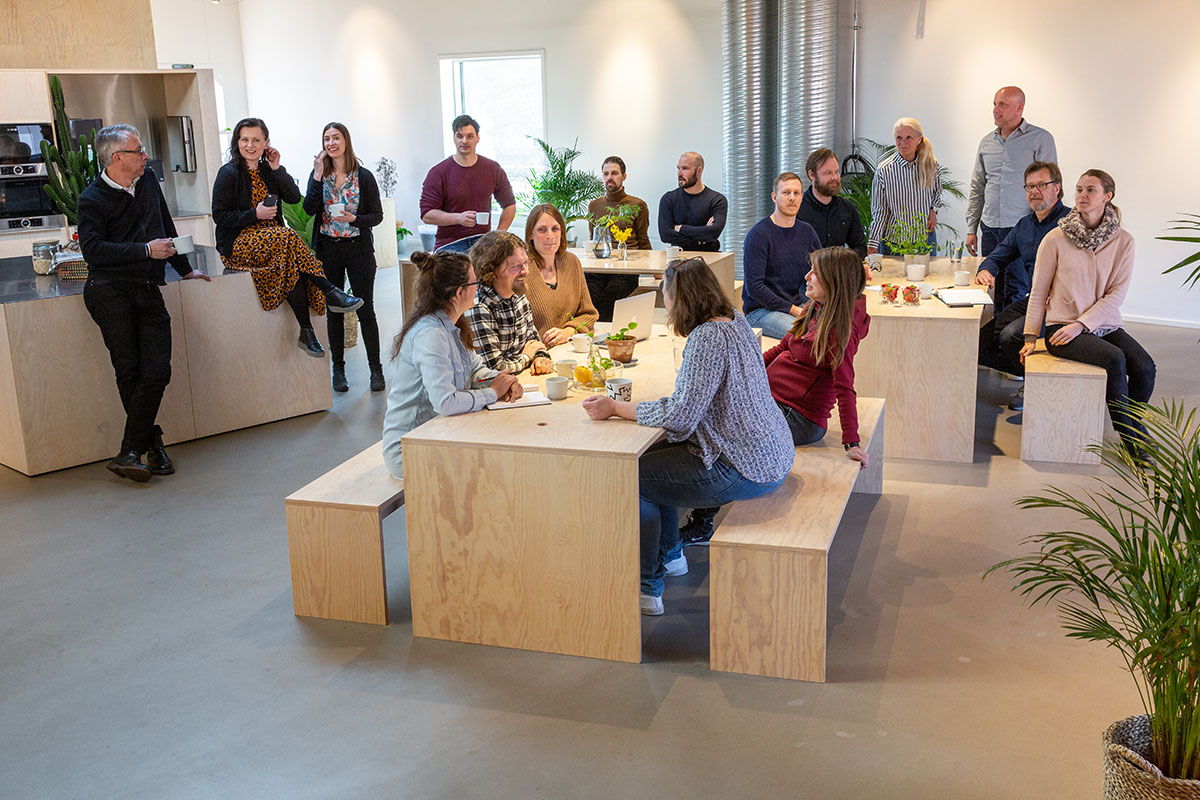
Part of the Zenit Design team.
Zenit Design is tackling complex business challenges with user-centred and sustainable design, ensuring a matching user experience and a more sustainable product lifecycle.
Swedish design and innovation studio Zenit Design was founded in 1994. From the start, the team has designed products, evolving over the years into product-service systems, creating both physical and digital user experiences by using a human-centric, research-driven design approach. They respond to users’ challenges with sustainable product-service systems.
“Our design is driven by users’ needs,” says Jonas Svennberg, CEO at Zenit Design. And the word ‘users’, he clarifies, doesn’t just include consumers – it involves all stakeholders in the process, such as producers, developers and marketers, as well as internal and external end-users. “All these stakeholders have different needs, and design means finding the best compromise. When we design, we try to create the right solutions, which solve the right problems, in the right way.”
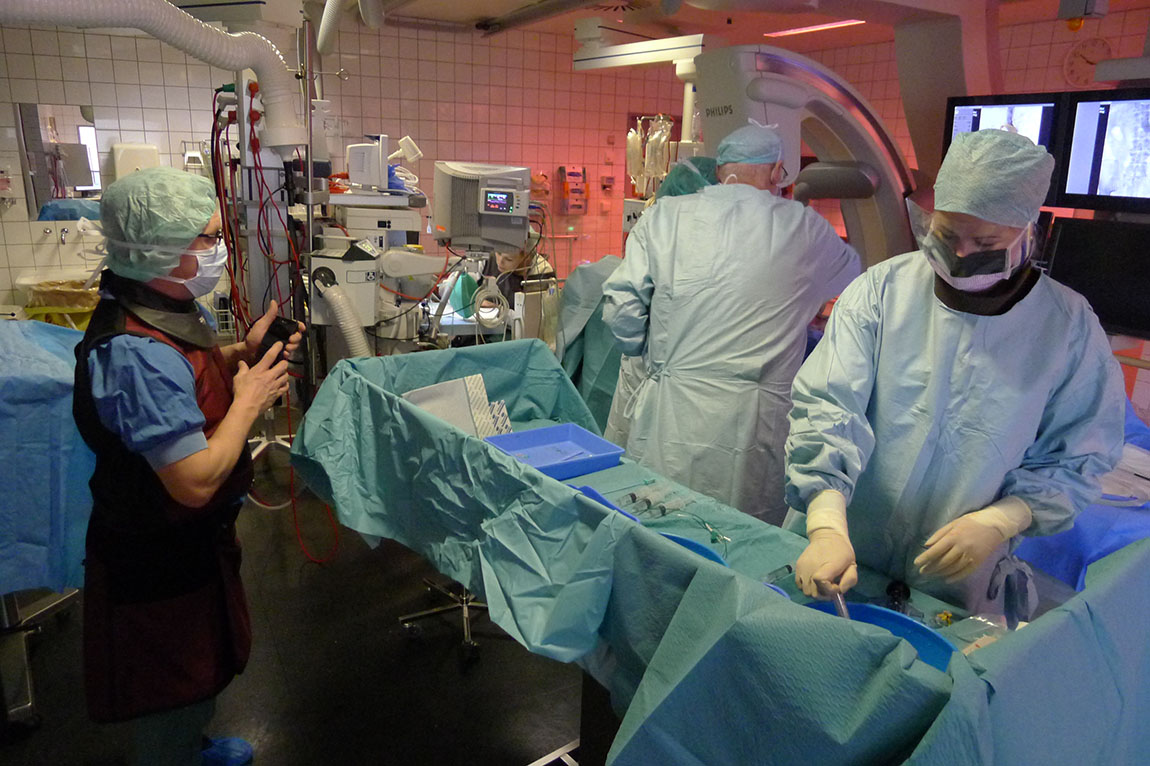
User research in context.
Stakeholders with varying needs
In the case of medical devices, which represent a third of Zenit’s business, the team looks at types of users for inhalers, blood analysis equipment for lab environments, pumps for mattresses, and disposable systems for surgery, to mention a few. “In these environments, users include patients as well as nurses and doctors,” Svennberg says. “It’s important that we consider the big picture, to see if our solutions fit within the overall context. All pieces need to fit together, to solve known or previously unknown problems, to ensure economic and environmental sustainability. This is what we mean by creating value through user-centred design.”
A user-centric process is essential when designing entirely new products; for example, body-worn cameras for police and fire fighters. Zenit Design has a long collaboration with Axis Communications, a market leader in the network camera industry. For Axis, the team has designed award-winning products such as a series of live-streaming cameras, to stream and webcast audio and video in a variety of applications, and a dome network camera series.

User research in context.
“Together with Axis, we have investigated renewable materials and circular business models, with a longer perspective in mind,” explains Svennberg. “Sustainability for electronics has in the past been a lot about minimising size and weight to reduce carbon footprint. Now it’s all about long product life and a design that is easy to repair, reuse and recycle in the future. We look at functionality and usability with a long-term vision; for the user, the business and the environment.”
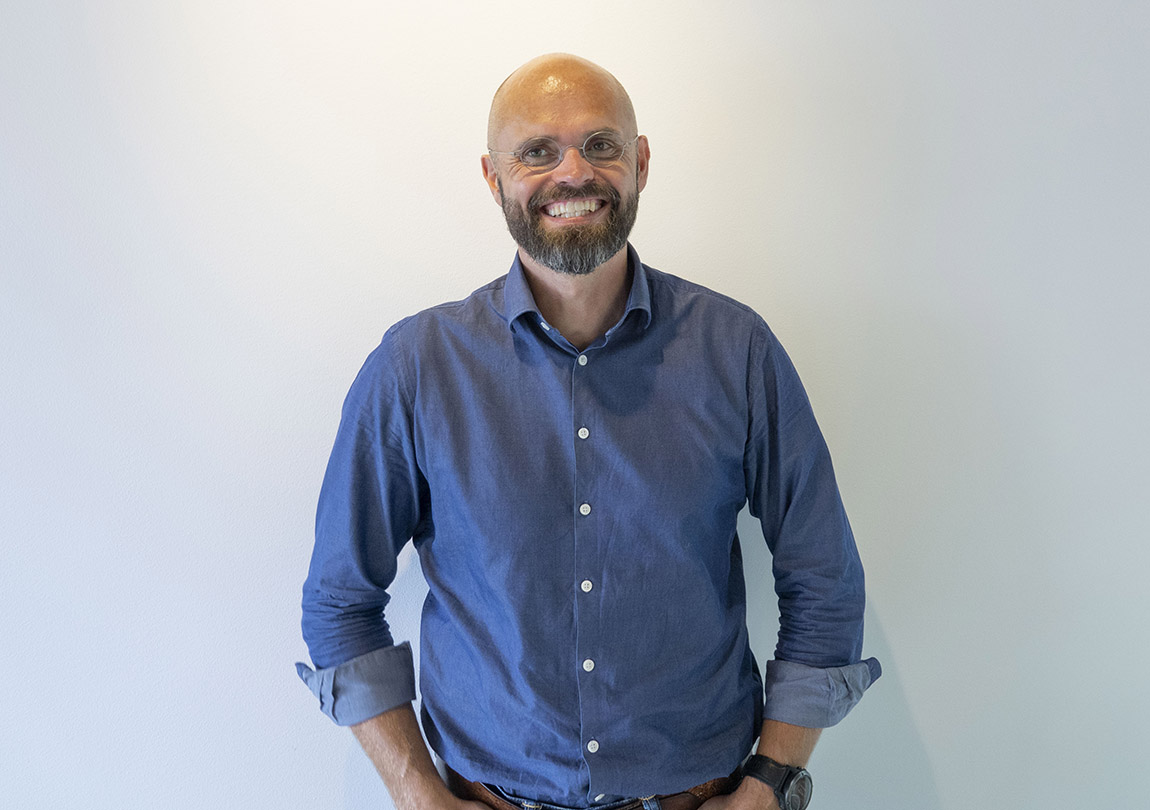
Jonas Svennberg,CEO.
Web: www.zenitdesign.se Facebook: ZenitDesign Instagram: @zenitdesign.se
Subscribe to Our Newsletter
Receive our monthly newsletter by email

